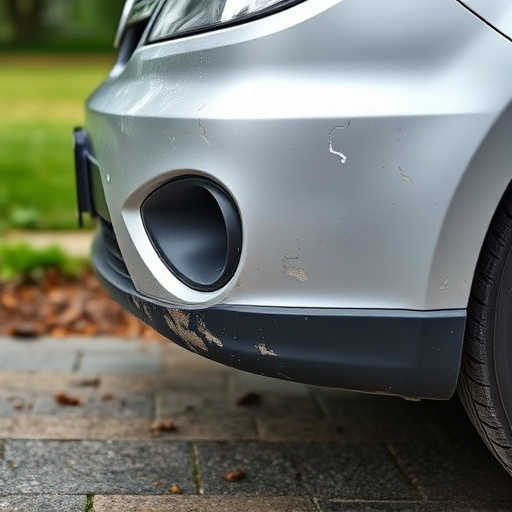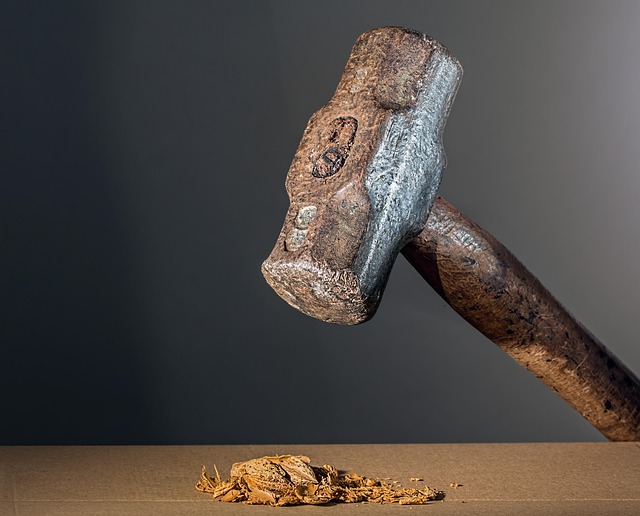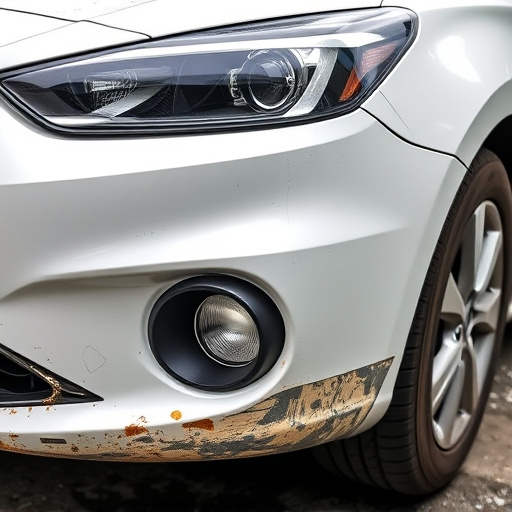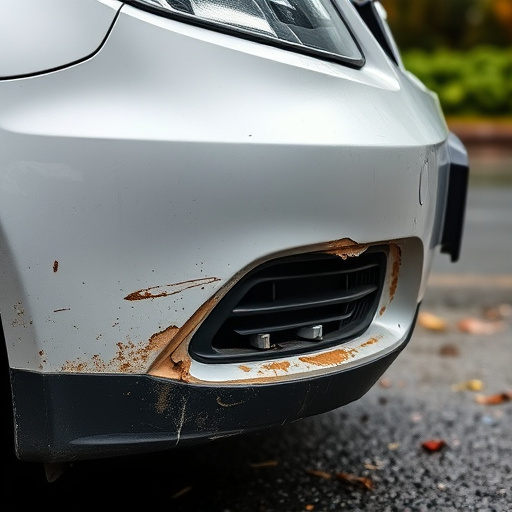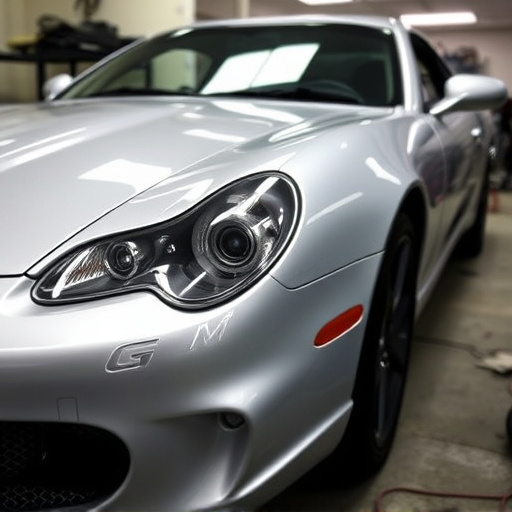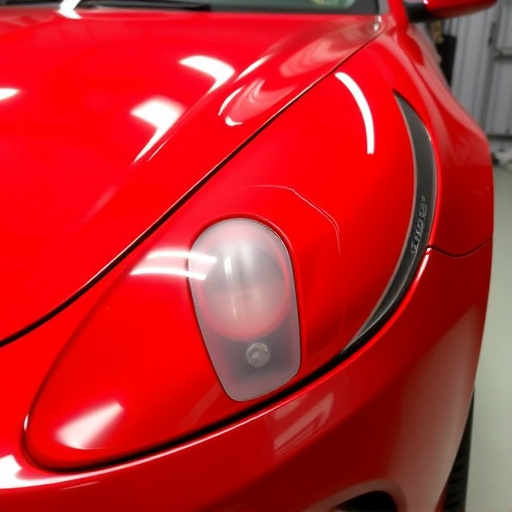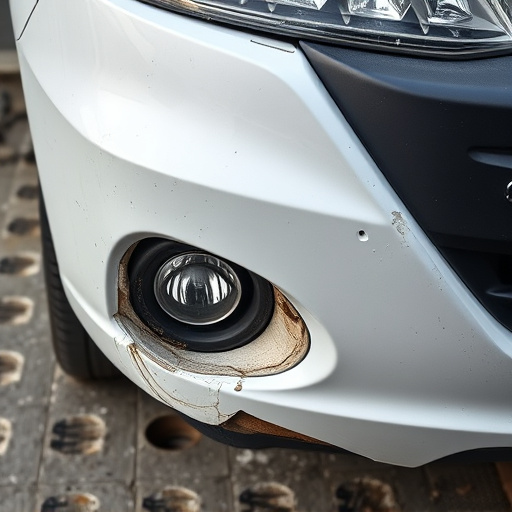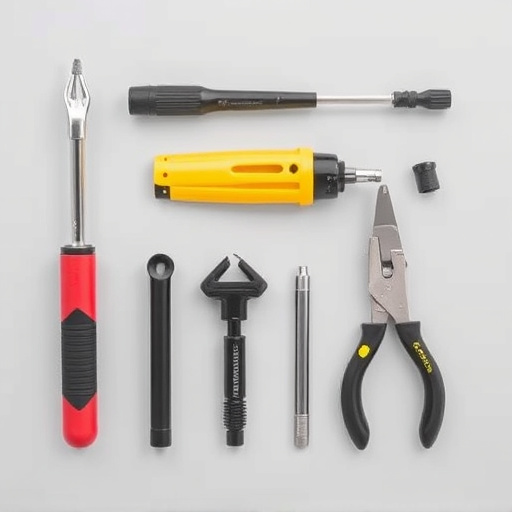Paintless dent repair (PDR) has transformed car repair, especially for premium brands like Mercedes Benz, by offering cost-effective solutions without sacrificing quality. This advanced method eliminates traditional painting and body work, reducing labor costs significantly. PDR's increasing popularity has democratized high-quality dent repair services, making them more affordable across various vehicle types, and setting new standards in auto repair value and accessibility, including substantial savings on paintless dent repair cost.
“The automotive industry has witnessed a silent revolution with the advent of paintless dent repair (PDR) techniques, transforming how car damage is addressed. This innovative approach to auto body repair has significantly impacted both businesses and consumers.
This article explores the evolution of PDR, its economic implications for traditional auto shops, and the enhanced benefits it offers customers. By analyzing the cost-effectiveness of paintless dent repair, we uncover how this technology has changed industry standards, setting new expectations for efficient and affordable vehicle restoration.”
- Evolution of Paintless Dent Repair Techniques
- The Economic Impact on Auto Body Shops
- Consumer Benefits and Shift in Market Expectations
Evolution of Paintless Dent Repair Techniques

The evolution of paintless dent repair techniques has been a game-changer in the automotive industry, transforming how we approach car repairs, especially in the realm of Mercedes Benz collision repair. This innovative method has revolutionized car paint repair by offering cost-effective solutions without compromising on quality. Traditional dent repair methods often involved sanding, painting, and extensive body work, which could be time-consuming and expensive. However, with advancements in technology, paintless dent repair (PDR) has emerged as a preferred choice for many automotive professionals.
PDR techniques focus on restoring the car’s original finish without the need for traditional repainting. This method uses specialized tools and trained technicians to gently remove dents and dings from a vehicle’s body panel. As a result, car owners can save significant costs associated with conventional collision repair services. The accessibility of PDR training and equipment has also encouraged many independent shops and mobile car repair services to offer these techniques, making high-quality dent repairs more affordable for all types of vehicles, including those prized possessions like a Mercedes Benz.
The Economic Impact on Auto Body Shops
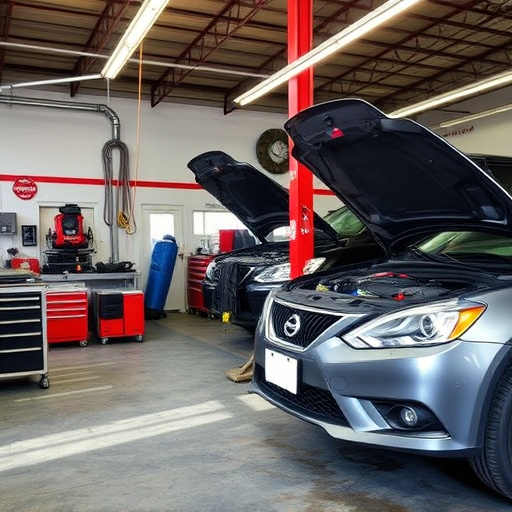
The introduction of paintless dent repair (PDR) has significantly reshaped the economic landscape for auto body shops worldwide. Traditional vehicle paint repair methods required extensive labor and material costs, often leading to higher charges for customers. PDR, however, streamlines the process by eliminating the need for repainting entire panels, drastically reducing labor hours and material expenses. This cost-effectiveness has made auto body shops more competitive in the market, attracting price-conscious consumers.
As a result, many traditional repair shops have had to adapt their business models to stay relevant. Some have embraced PDR technology, retraining their staff and investing in specialized equipment to meet the growing demand for this efficient and cost-effective solution. Others have been forced to reevaluate their pricing strategies, passing on the savings from PDR to customers or offering more competitive rates to retain market share. This shift has not only affected shop profits but also influenced customer expectations, setting a new standard for value and accessibility in auto repair services.
Consumer Benefits and Shift in Market Expectations
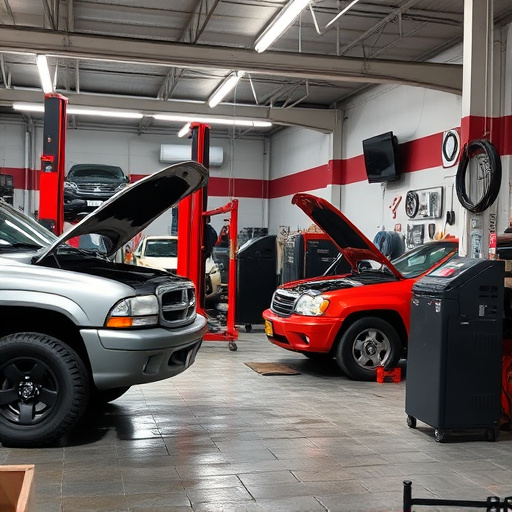
The advent of paintless dent repair (PDR) has brought about a significant shift in the automotive industry, transforming how consumers perceive and engage with autobody repairs. One of the most notable benefits for customers is the substantial cost savings associated with this innovative approach. Unlike traditional auto body services that often involve extensive painting and labor-intensive processes, PDR minimizes damage by gently realigning the affected panel, eliminating the need for costly replacement parts and extensive repainting.
This method not only reduces repair time but also lowers paintless dent repair cost, making it an attractive option for car owners looking to restore their vehicles’ aesthetics without breaking the bank. Consequently, the market has witnessed a corresponding shift in expectations, with consumers now demanding more affordable, efficient, and environmentally friendly car bodywork solutions. As PDR continues to gain popularity, traditional auto body shops are being prompted to adapt and incorporate these advanced techniques into their service offerings to stay competitive.
Paintless dent repair (PDR) has undergone a remarkable evolution, transforming not only the way dents are fixed but also significantly impacting the auto body industry. By eliminating the need for traditional painting and repainting, PDR has reduced costs and turnaround times, making it an attractive option for consumers. This shift has led to more efficient auto body shops, offering higher quality repairs at competitive prices. As market expectations continue to favor cost-effective and aesthetically pleasing solutions, paintless dent repair techniques will undoubtedly remain a game-changer in the industry, ensuring both economic viability and customer satisfaction.
